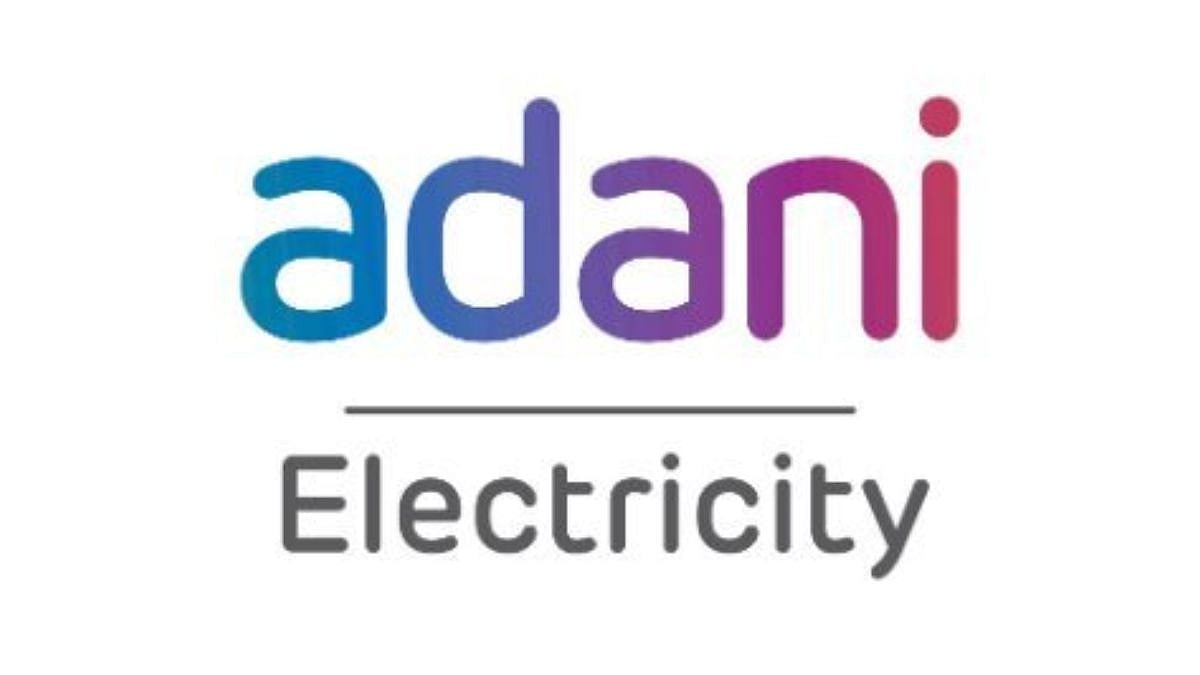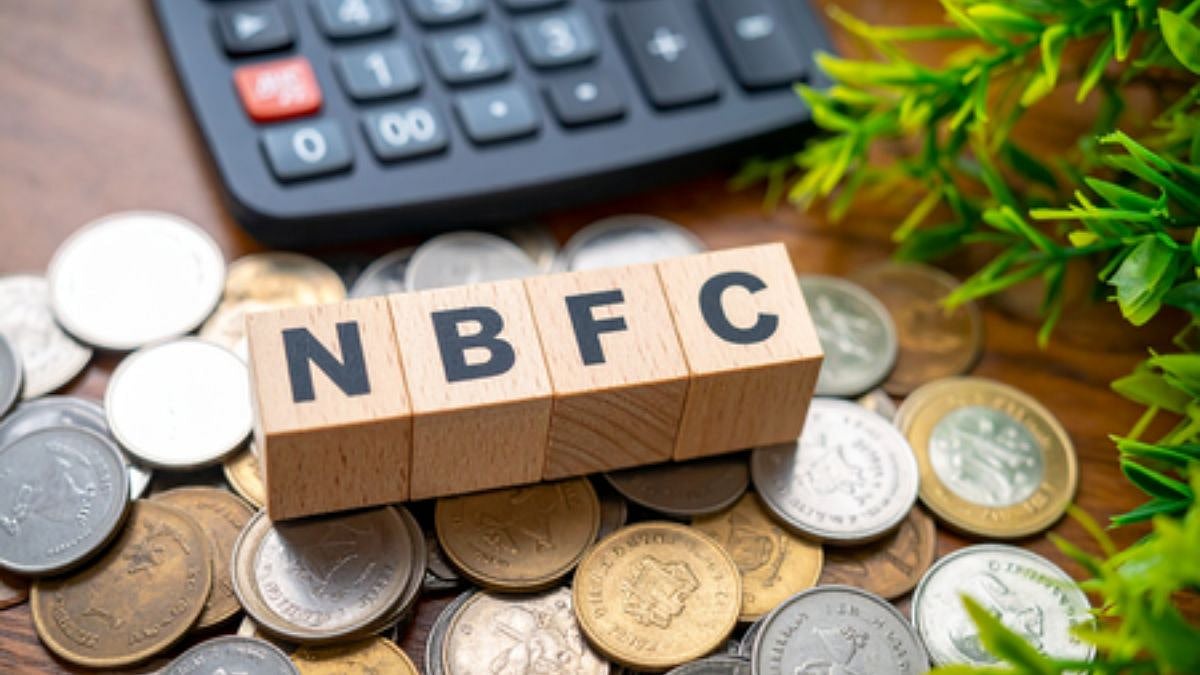With cash no longer being the preferred choice among consumers, contactless, Unified Payments Interface (UPI) and QR payments continue to see impressive growth, along with an increase in the circulation and usage of debit and credit cards. In the year 2021, the new-age fintech platforms offered consolidated fintech solutions to users, enabling them to carry out a range of operations such as spending, lending, investing, fund transfer, etc.
What's in store for the fintech sector in 2022? Here's what the sector specialists expect:
Manan Dixit, Founder, Fidypay-financial Inclusion and digital payment company.
COVID has accelerated the growth of Digital Payment. Retailers, merchants from small towns have also become digital savvy and transformed their day-to-day transactions into digital mode. We have seen a rise in UPI, AEPS space, and small-medium businesses are transacting more in the smaller cities. With regard to RBI policy announcement on Digital payment on 8th December, I can comfortably say, pricing revised or standardization of pricing across the industry is indeed a good move. The will benefit the end beneficiaries and also the players in the market in long term.
Vineet Tyagi, Global CTO, Biz2X-a turnkey global SaaS platform
In 2021, the fintech sector matured with ample of innovations that facilitated holistic financial services over a single mobile interface for Indian users across the world. Fintech has already altered the market forever and shown immense potential to close the gaps in the delivery of financial services to consumers and businesses alike. Ultimately, fintech has emerged as a disruptor, leading the next wave of technology and innovation. Assisted e-commerce on existing B2B2C platforms is another feature that new-age fintech provided to Indian users in the year 2021. Financial companies have made huge progress. Collectively, fintechs have reimagined the once-daunting tasks of opening a bank account, sending money to friends, applying for a loan, and planning for retirement.
Aditya Damani, Founder, Credit Fair-a consumer lending fintech startup,
The onset of the pandemic in 2020 highlighted the importance of risk management and compliance for digital lenders. We at Credit Fair are glad to have outperformed on both these fronts by delivering low NPAs and showcasing our customer centric approach with No Cost EMIs. Building on this solid foundation allowed us to grow 4X in 2021 while ensuring collection efficiency at over 99 percent despite the second COVID wave. We also won the trust of leading financial institutions such as Northern Arc Capital and Avanse Financial giving us the ammunition to continue our growth in 2022.
The pandemic has highlighted the weaknesses in India’s social infrastructure such as our inadequate healthcare system and volatile job market. We are glad to be playing our part in building the healthcare and education infrastructure for the future by powering exponential growth for our merchant partners such as Pristyn Care and Toothsi in healthcare and upskilling course providers like upGrad, Board Infinity and Skill Lync by providing timely access to credit to their customers due to our proprietary underwriting and technology.
In 2021, we saw a boom in retail investors flocking to high risk investment products such as crypto and equities. We believe that digital lending can provide plenty of low risk high return opportunities for retail investors and launched a platform, Credit Fair Capital, to enable them to access secure high yield opportunities. Our initial offering is a Senior Secured Bond that can be accessed by anyone willing to invest Rs 10,000 or higher.
Vivek Banka, Co-Founder, GoalTeller-AI–backed online personal finance platform
The year 2021 has been witness to a possibly watershed moment in the digital wealth/finance space, especially in India with a massive spurt in digital adoption. The pandemic being one of the primary reasons for the industry’s spike in growth. FinTech companies have leveraged access to data, technology, innovative cultures, and advanced analytics. The next 5 years promise to see a paradigm shift in the way we manage our investments with traditional methods, avenues and products being replaced by digital trends. The Indian fintech industry is witnessing a phase where large financial institutions, governmental bodies, regulators and fintech companies are coming together to revolutionize the financial ecosystem that operates in the country. A pertinent example of this would be the Account Aggregator network that is seeing a phased rollout by the entities mentioned above collectively.
Nipun Jain, CEO, RapiPay-assisted payments fintech company
With more funding and increased collaboration between established and new players in the payments and neo banking space, the outlook for the fintech sector looks promising and very positive in 2022.
Gaurav Chopra, Founder &CEO, IndiaLends-credit underwriting and analytics platform
In the coming year, we can expect regulatory to lay down a framework for data storage. We strongly believe in user privacy and the user’s right to information with regard to how and what data is collected, stored and applied for improvement of services to the user. Additionally, when does the user data become obsolete and how is it discarded. Any framework that is able to create more transparency for the user with respect their data whilst enabling digital lenders to make more informed decisions with regards to expanding credit availability to the underserved will have our vote of confidence and strict adherence.
Dilip Modi, Founder, Spice Money-rural fintech arm of DiGispice Technologies Ltd
In 2022, we expect an increasing number of youngsters in rural India wanting to be financially independent and take the entrepreneurial route to become merchants. They will further promote assisted financial and digital inclusion that supports those with minimal financial and digital literacy with seamless access to banking services. Along with this, we also expect to see the creation of a large number of nanopreneurs that will help in building trust by busting the myths and misperceptions attached to digital offerings amongst rural citizens.
Lalit Mehta, Co-founder & CEO, Decimal Technologies-focuses on managing, conceptualizing, designing, and developing Banking Sales Enablement Solutions
Equitable growth and financial inclusion are critical for India’s recovery in 2022 and fintechs can support it by expanding the reach of digital lending to the farthest corners of India. As we step into the new year, digitising offline channels by onboarding Direct Sales Agents (DSAs) and Banking Correspondents to offer credit services to their communities will play a pivotal role in reaching small rural businesses and helping them secure credit. Digital lending also has the potential to innovate outside the constraints of traditional credit offerings and offer customized products that suit the reality of MSMEs and the semi-urban and rural population. We expect the new year to see significant traction in this direction.
Abhishek Poddar, Co-founder and CEO, Plum-insurtech startup
For 2022, some trends anticipated include: Insurers diversifying product offerings. More policies will be co-created and personalized for specific needs. Example: inclusion of IVF or critical illness covers in Group Health Insurance.
The ongoing digital transformation will continue. Throughout 2022, the proliferation of digitized insurance services, including automation and AI, will spread wider throughout the industry as more brokers gain confidence with this new technology. The insurtech industry will also adopt a more data driven approach to create personalized plans and also deepen access and usability in underinsured segments. This space will also see more funding with possible M&As in the subsequent two years.
Prabhtej Singh Bhatia, Co-founder and Co-CEO, Falcon-payments platform
In 2022, we expect the government to push improvements in internet infrastructure to enable more people to adopt smartphones and the internet to meet their financial needs and reduce customer friction in digital payments. We also see a rise of embedded finance across BFSI, B2C and B2B e-marketplaces, telecom and large corporates as more companies move towards integrating financial services within their ecosystem to retain customers. Another trend that we sense is that traditional players will continue to expedite their digital transformation through no code and custom API/SDKs based solutions to focus on post pandemic recovery.
Gurjodhpal Singh, CEO, Tide India (UK-Headquartered Digital Bank)
As an outlook for 2022, embedded finance will see exponential growth as it holds immense potential to solve working capital issues among small businesses. Moreover, the regulator's prompt and thoughtful steps on digital/video KYC will also see new dimensions in the new year.
The regulator is also working towards strengthening the PPI license regime. Lastly, GIFT City's flagship event ‘Infinity Forum’ represented the immense possibilities that Fintech has in India and 2022 will see initiatives by the governments of the UK and India strengthen the trade corridor. This will open several possibilities for businesses in both the countries and Tide with its cross-border platform has the potential to serve SMEs on both sides.
Ankit Ratan, Co-founder and CEO, Signzy-AI-powered RPA platform for financial services
In 2022, we do see more developments emerging around protecting user data and privacy and improving cybersecurity measures. The collection, storage, and sharing of this data is going to be a primary focus of regulators. Therefore banks, fintechs and financial institutions will be more aggressive in integrating technology to meet these requirements. As India continues to push for a digital economy, digital banking and digital first banking will become commonplace, requiring deeper collaboration between traditional players, fintechs and bankingtech companies to enhance cybersecurity measures.
Stuart Jackson, Chief Operating Officer, Global PayEX -fintech SAAS company
While 2021 has been a year of transition, we will certainly see an accelerated adoption of cashless / digital payments and processes in the upcoming year. With the growing need of finance for the MSMEs, we will see an increased adoption of digital finance initiatives by large and mid-sized Indian companies. The key focus areas would be core Accounts Receivables (AR) and Payables (AP) process automation, digitization in payments through Electronic Invoice Presentment and Payment (EIPP) in AR and vendor portals in AP, and automated reconciliation.
Ankit Bhatnagar, Head of Product, Mswipe-mobile PoS (Point of Sale) machines and mobile payments solution provider
The government has made payments even more simple with initiatives like E-RUPI which will definitely help increase digital payment acceptance in Tier 2 and 6 in 2022. The coming year, we will see a marked focus of fintech towards SME financing to offer a seamless experience for small businesses to access credit, working capital loans through smartphones and smart POS devices. The new buzzword in the industry is also having an ecosystem approach to meet more than one need of a customer. We will see several fintechs moving in that direction especially to embed finance as an offering.
Aditya Gupta, Co-Founder and CEO, Credilio-fintech startup
This year will see established Banks & NBFCs take big strides in terms of leveraging API stacks to generate meaningful business. We can expect them to back their lending expertise with fintech collaborations. Fintech cos will however continue to manage customer interface while Lenders will provide robust underwriting capabilities. We will also see a larger partnerships between Brands and Lenders to provide embedded finance options to customers which will be available across distribution platforms.
Kumar Abhishek, Co- Founder and CEO, ToneTag-uses encrypted sound waves to make offline, proximity-based contactless payments on any device
In 2022, we aim to enable digital payments via IVR throughout the country. With the successful completion of the RBI cohort earlier this year, we are ready to drive financial inclusion to the remotest parts of the country. We will soon be offering digital payment options that are not dependent on the internet and are device-agnostic.
We are positive that the coming years will see accelerated growth in the number of people adopting digital and interesting innovations coming about to cater to this ever-increasing digital population.
S Anand, CEO and Co-Founder of PaySprint, a Fintech venture focussed on Next Gen Neo Banking Solutions
Banking is moving towards Digital Banking. Commercial Banks will continue to be the custodian of the customer and various products and services without compromising security and compliance whereas fintech’s / digital banks will be able to usher greater innovation, better technology creating a great customer interface leading to larger consumer adoption and Delight. Year 2021 has been a phenomenal year for Digital Payments and the Year 2022 will be an exceptional year and will set new records and milestones.
Rishi Chhabra, General Manager – India & Sri Lanka at Fiserv, payments and financial services technology
Security continues to remain of prime importance, and card tokenization for online transactions is another step forward in securing transactions. The number of payment terminals in tier I, II, and III cities continues to grow, with merchants wanting to accept card and digital payments to offer a seamless payment experience to their customers. In addition, the e-commerce sector continues to see double digit growth on account of a significant increase in the average ticket size and more consumers choosing online purchasing over brick-and-mortar stores.”









